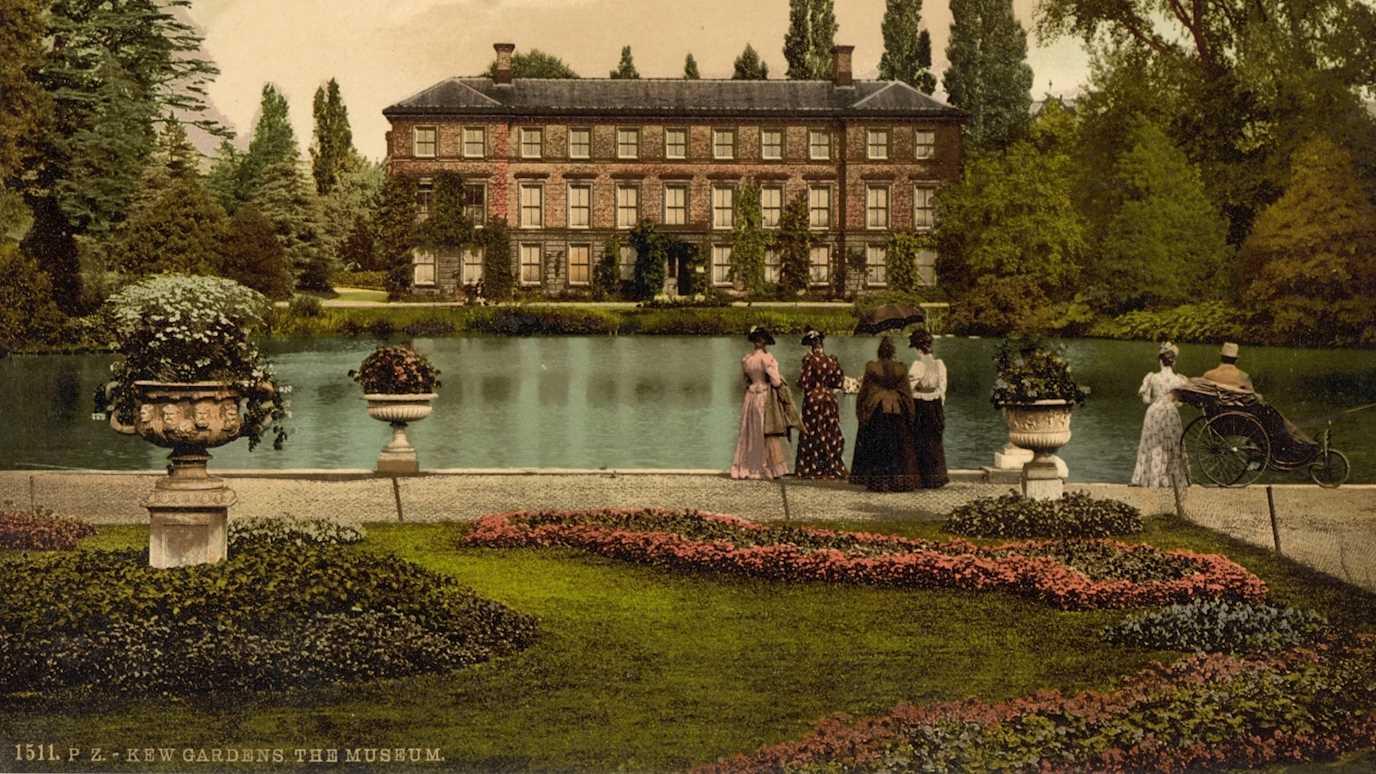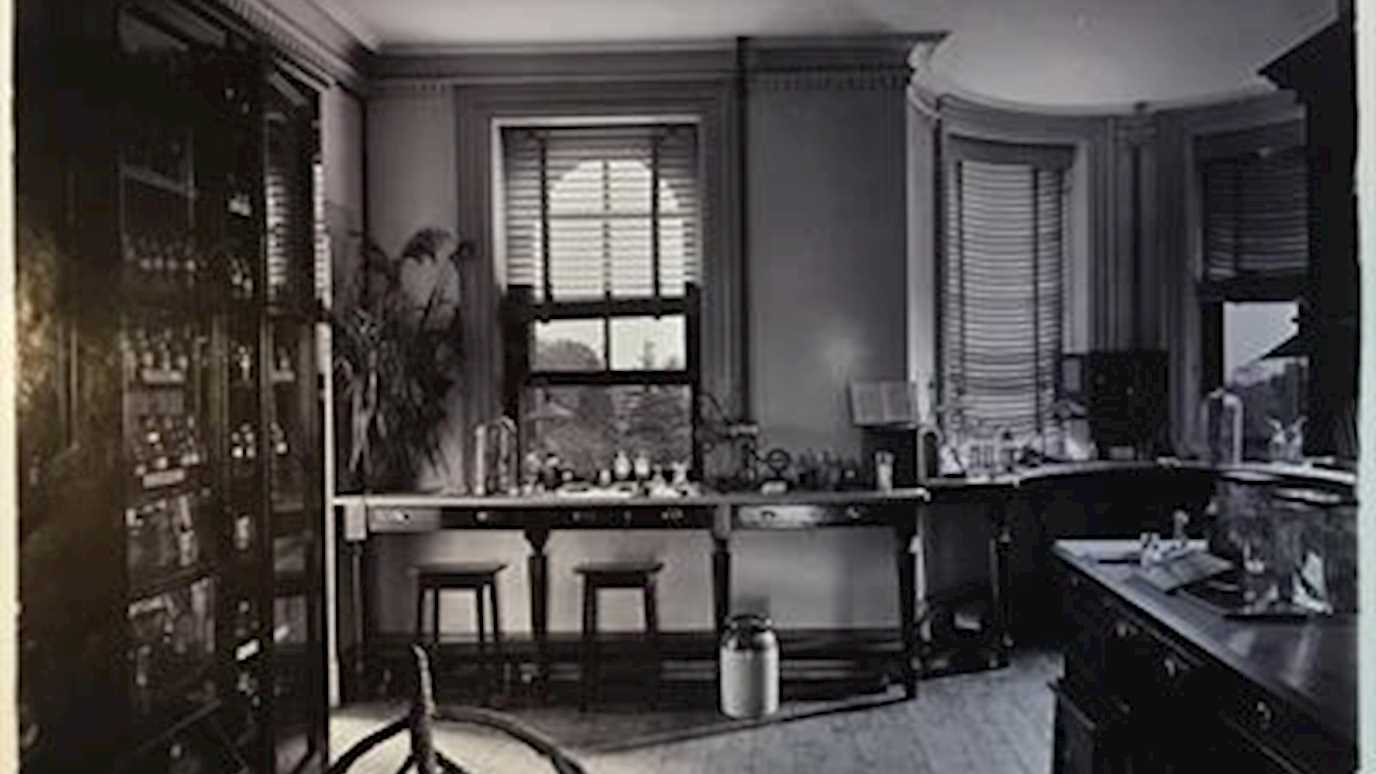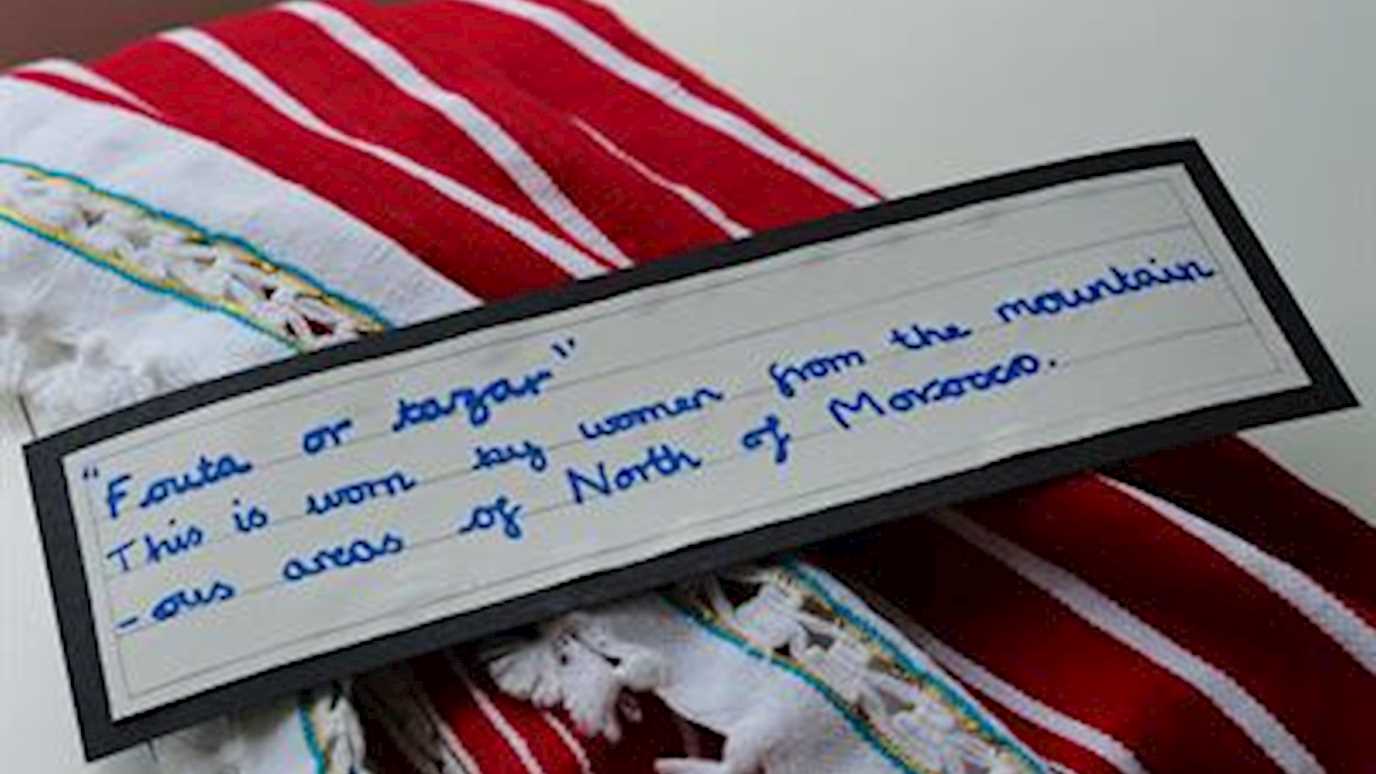Posted on 24/04/2019 by Daniel Simpson
The Mobilisation of Naval Collections
By Daniel Simpson
Amid the many conflicts engaging the attention of the Royal Navy during the nineteenth-century, wars against attrition and disease mattered most to those who joined voyages in the hope of acquiring interesting new specimens, or who collected alongside their official duties. We can tell from museum collections extant today that a large cohort of sailors, surgeons, naturalists, and other scientific explorers certainly did so. To them, it seemed paradoxical that Britain’s increasingly sophisticated ships, then standard-bearers for imperial progress, nevertheless posed a constant threat to the safety of specimens destined for museums and private collections. This threat was both practical and political. Consider for instance the plight of sailors whose malodorous jars of decomposing animals attracted the notice of shipmates in the course of a naval voyage. Notwithstanding the considerable risk to health informed by contemporary miasmatic theories of disease, how long, in such circumstances, could even the best-intentioned and most original scientific collections last? Consider too the specimens themselves: stored for weeks, months, or even years in dark, damp and cramped confines, their successful journey back to Britain depended on access to expensive and often unreliable preservative alcoholic spirits.
Photo of a specimen jar from the Natural History Museum
It was in response to these difficulties that a solution of zinc chloride, and the technology of ‘Burnettisation’ more broadly, suffered a heady moment of fame between 1840 and 1870, as a seemingly miraculous solution to the problem of transporting museum specimens at sea.[i] The zinc chloride solution disinfected and preserved wet and dry specimens in transit and stasis; supplied as a soluble powder, it dramatically expanded the range and variety of objects that could be collected, deodorised, studied, stored and made mobile. Today used in the production of smoke grenades, zinc chloride was first discovered in 1812 by the amateur chemist John Davy, a younger brother of the better-known Sir Humphry Davy. However chemists did not always make for excellent entrepreneurs; the invention languished before its broad applications were recognised and patented, in 1839, by William Burnett, Physician-General of the Navy. An ambitious, scientific-minded, and extraordinarily well-networked surgeon, Burnett had recently been made a Fellow of the Royal Society. In 1827, he had founded a renowned museum of pathology, anatomy, ethnography, and natural history at the navy’s Haslar Hospital in Gosport.[ii] There, naval surgeons pioneered the technique of brushing delicate and valuable collections with, or else immersing them in, the product variously known as ‘Zincane’, ‘Burnettine’, and ‘Sir William Burnett’s Chloride of Zinc’.
It need hardly be said that zinc chloride did not endure as a museum technology; its long-term consequences included the decalcification and corrosion of the specimens to which it was applied. However, in view of the parallel development of ‘Burnettisation’ as a preservative technique across the British imperial world, its history is instructive in encouraging us to understand how issues of specimen mobility related to wider concerns. For Burnett, the complexities of preserving and making mobile the curious assemblages of plant and animal matter that composed the majority of Haslar’s exhibits expressed in miniature a more universal struggle against the forces of attrition and decay. If we loosen our definition of ‘specimen’, and indeed ‘museum’, these wider meanings become a little clearer. Just as zinc chloride enabled Haslar’s museum to become a repository for wounded specimens, its use in the hospital and on board ship preserved the life of wounded sailors, as a solution to disinfect, deodorise, and heal sailors suffering from diseases incurred by months at sea. In surgeries and dissecting rooms too, cadavers were preserved with zinc chloride; amputated limbs and pathological matter of special interest were placed in jars of the solution and sent to Haslar’s museum to join other Burnettised exhibits. Beyond the hospital, Burnett successfully promoted zinc chloride as the preservative of choice preserving thevital infrastructure of naval and imperial mobility: telegraph poles, train tracks, and the sails and timbers of ships were Burnettised throughout the nineteenth-century world. When, in 1851, Burnett and his surgeons demonstrated the many uses of zinc chloride at the Great Exhibition in Hyde Park, they accordingly invoked a vision of empire as a macrocosm of the museum; a vast array of circulating specimens of bodies and organic materials variously accessioned, displayed, exchanged, and stored. And all in need of preservation.
Daniel Simpson is Senior Caird Fellow at the National Maritime Museum, and a speaker at the Mobile Museum Conference on Collections in Circulation, 9-10 May 2019.
Image shows a jar containing a specimen of imperial blackfish, Schedophilus ovalis (Cuvier, 1833), collected in Madeira in 1845 and presented by Jane Franklin to the Haslar Museum. Photo courtesy of Trustees of the Natural History Museum
[i] McLean, D. ‘Protecting wood and killing germs: ‘Burnett’s Liquid’ and the origins of the preservative and disinfectant industries in early Victorian Britain’, Business History, 52 (2010), 285-305; Foxhall, K. Health, medicine, and the sea: Australian voyages, c.1815-60 (Manchester: Manchester University Press, 2012).
[ii] Simpson, D. ‘Medical collecting on the frontiers of natural history: the rise and fall of Haslar Hospital Museum (1827-1855)’, Journal of the History of Collections, 30:2 (2018), 253-267.
























